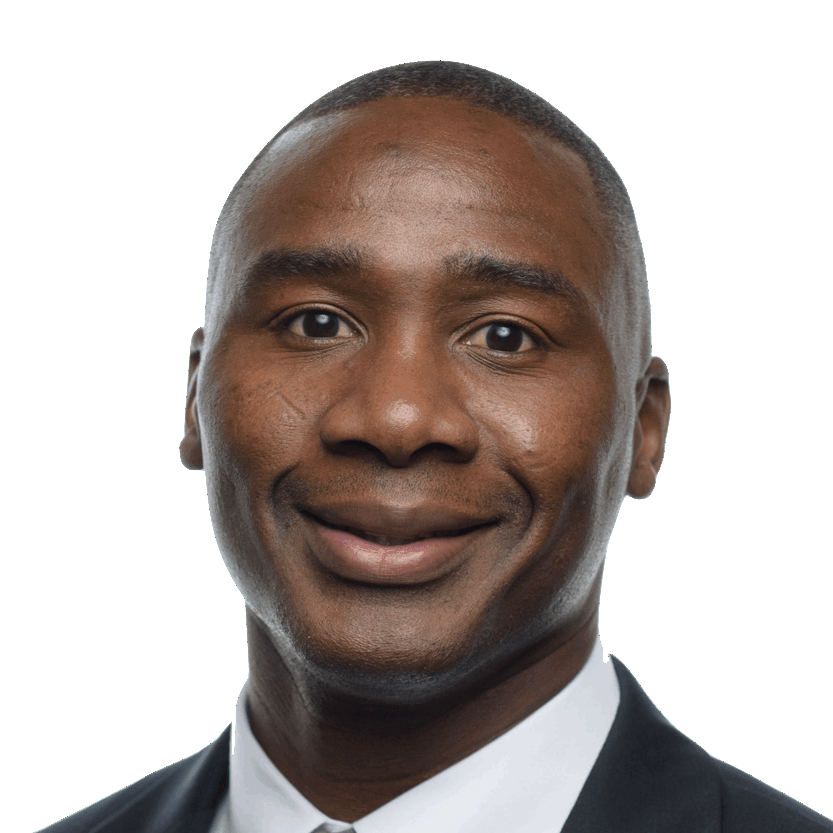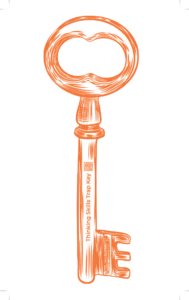[et_pb_section admin_label=”section”]
[et_pb_row admin_label=”row”]
[et_pb_column type=”4_4″][et_pb_text admin_label=”Text”]
 My students just aren’t motivated. If my students had the drive of other students, then they would be much better students. These statements epitomize the most frequent comments I’ve heard from educators (college and high school). While I don’t fully agree with their premise — that motivation alone will solve students’ academic problems, I know it helps. Daniel Pink’s Drive: The Surprising Truth About What Motivates Us presents compelling scientific evidence about what stimulates and stifles intrinsic motivation. For a preview of his work, you can view his TED Talk. Pink makes the case that three primary forces drive people: purpose, autonomy and mastery. Completely contrary to a prevailing viewpoint, external rewards such as money (for professionals) and grades (for students) are poor motivators. They are especially inadequate at stirring people to engage in their most creative work.
My students just aren’t motivated. If my students had the drive of other students, then they would be much better students. These statements epitomize the most frequent comments I’ve heard from educators (college and high school). While I don’t fully agree with their premise — that motivation alone will solve students’ academic problems, I know it helps. Daniel Pink’s Drive: The Surprising Truth About What Motivates Us presents compelling scientific evidence about what stimulates and stifles intrinsic motivation. For a preview of his work, you can view his TED Talk. Pink makes the case that three primary forces drive people: purpose, autonomy and mastery. Completely contrary to a prevailing viewpoint, external rewards such as money (for professionals) and grades (for students) are poor motivators. They are especially inadequate at stirring people to engage in their most creative work.
Instilling Drive Within Your Students
Purpose — Students, like the rest of us, are more motivated when they see the reason for accomplishing the task. Appreciating the purpose in activities that have become routine, like going to class, can be challenging. Therefore, educators must develop a few go-to creative ways to remind students of the bigger picture. Simply telling students in a non-specific fashion that at some future date, they will use what they are learning won’t move the motivation needle. Purpose must answer the question why, such as, Why must I take this class and why am I doing all of this work? Instilling purpose isn’t time-consuming, but it is time specific, and it demands being accomplished with impact. For example, I was part of a task force that was charged with redesigning the first-year experience course at Lenoir-Rhyne University. The program was transitioning from a one semester, one-credit “college knowledge” course to a two-semester, six-credit curriculum with an intense focus on reading, writing and research. Despite encouraging instructors to explicitly and strategically inform students of the FYE course’s purpose, some did not take the advice. About halfway through the course, a student, whom I’ll call Steve, and I were chatting in my office. Steve, a high-achieving physics major, commented that he hated his FYE class because it required too much work and wasn’t even part of his major. I responded, “Did you know that many bright students such as yourself struggle in upper-level courses? The purpose of the FYE class is to help students develop the skills and experiences that will help them succeed in challenging courses. You should notice some of the skills translating to other courses now.” He pondered my response for a bit and retorted, “Well, it’s doing that, but I still don’t like it.” In that brief conversation, I communicated the purpose of the FYE course. I effectively answered his “why” question. Steve didn’t leave my office in love with the course, but he got its purpose. He knew why he was doing all of the seemingly pointless work. The point is that educators must instill purpose at the point – the time – when students can appreciate it and believe it, and in a way that impacts them. The key is to make students rethink their criticisms of the course and move forward with a true appreciation of the course’s future value.
Mastery — There is perhaps no greater motivator than success. Mastery experienced during the beginning and middle stages of acquiring knowledge and skills creates a desire to press on toward overall achievement. In other words, when learners succeed in baby steps, they are encouraged to stay the course. In the metacognitive tutoring program that I developed, a standard practice is to divide students’ tasks into manageable parts that can be assessed for success toward a larger goal. For example, when seeking to improve students’ note-taking abilities, we divide the experience into halves: the note- taking state of mind (things that occur while the student is taking notes) and the note- reviewing state of mind (occurrences during the note-reviewing phase). We then help students connect the two experiences with sub-steps. It never ceases to amaze us how quickly students transition from taking useless notes to recording pertinent information. This process succeeds because students can use improvement in the more manageable and measurable sub-steps as markers of progress along the road to better-quality note taking.
Autonomy — Students prefer to have control over their work. However, educators fear relinquishing control. They imagine a zero-sum game where either they or the students have authority over the class. Giving students control does not involve a power struggle. To the contrary, it entails willfully sharing power with learners. The educator governs the outcomes, deadlines, etc., but the instructor allows students to take ownership of certain decisions, tasks and processes. When power-sharing is done well, it actually increases educators’ authority while simultaneously empowering students. I witnessed this in an inquiry-guided business course in which the professor shared authority with his class by allowing them to conduct most of the work, set deadlines and figure out the best paths to achieving the course outcomes. On the surface it may have appeared that the students were in control, but upon closer examination it was clear that the students were operating inside the lines that the professor had carefully and strategically drawn. During interviews, students commented that the course was the hardest they’d ever had, but they wouldn’t want it any other way. When pressed to explain what made the course so challenging and yet rewarding, they answered that it required them to think much more and in different ways than typical courses. Those students were not merely taught; they were educated! Motivation is an intrinsic force that can be fueled only by intrinsic rewards. External rewards such as grades can provide short-term inspiration, but an internal experience will sustain learners. With that said, I don’t think motivation should be a course goal. There are many ways to inspire students that don’t generate deep thinking or long-term learning. Motivation is a needed component that fuels both students and educators as they embark on the exciting journey of learning.
Read the article How Educators Can Get Glowing Course Evaluations from Students (Even Struggling Students) in Rigorous Courses to learn more about the impact of the earlier referenced FYE course.
[/et_pb_text][/et_pb_column]
[/et_pb_row]
[/et_pb_section]


